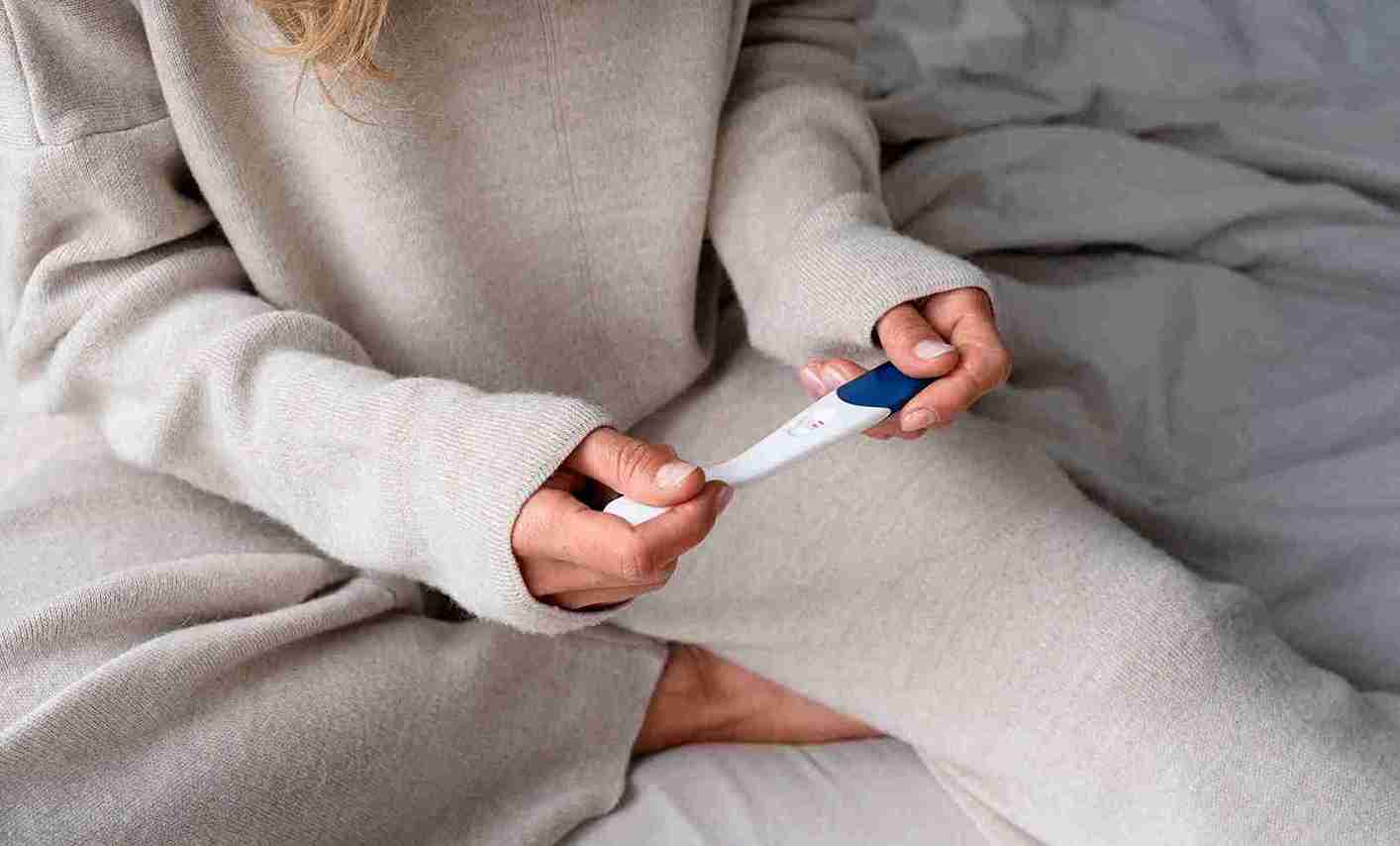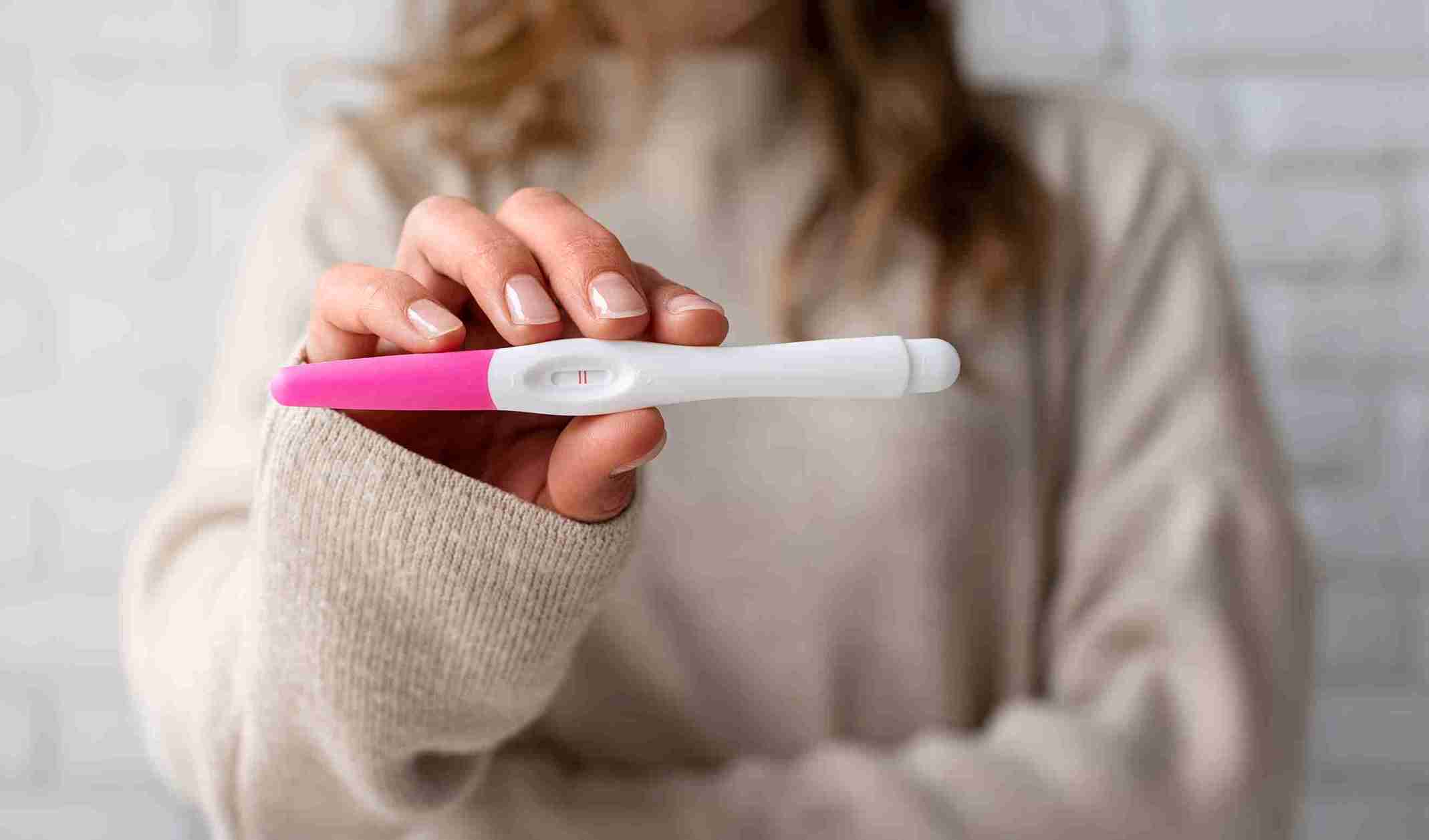
Discovering if you are pregnant is a significant moment, and because of advancements in healthcare, it is now possible to do so easily and in private from the comfort of your home. One of the most reliable and comfortable ways to confirm pregnancy without necessarily going to see a doctor first is a pregnancy test kit. But to obtain correct results, you should be aware of how to use pregnancy test kit correctly, when to take the test and how to interpret the outcome.
This comprehensive guide will take you through step by step, from preparation to procedure, on how to use a pregnancy kit correctly.

A pregnancy kit is a home diagnostic kit that is used to detect human chorionic gonadotropin (hCG), a hormone that is secreted shortly after a fertilised egg implants in the uterus. In most cases, hCG would be detectable in urine 10–14 days post-conception.
Under proper use, home pregnancy test kits are as accurate as 99% and they are therefore extremely reliable with women.
Most women prefer home pregnancy tests to instant clinic visits due to:
● Privacy – You have the option to test in seclusion without having to share the moment with others until you feel ready.
● Convenience – Results are instant.
● Cost-effectiveness – Home kits are cost-effective compared to laboratory tests.
Home pregnancy tests are reliable, but results can be influenced by certain conditions:
● Testing too soon before sufficient hCG has been secreted.
● Hydration with lots of water before testing can dilute urine, lowering hCG concentration and increasing the risk of a false negative. Using first-morning urine or waiting several hours after urinating improves accuracy.
● Faulty or expired kits.
The best time to test is after missing a period, when hCG levels are typically strong enough to be detected with accuracy.
Your first-morning urine is recommended by experts for the test, as it has the most concentrated hormone.

Morning urine is more concentrated since it has been in the bladder overnight. This maximises the potential to see even low levels of hCG.
Factors That Might Influence Accuracy
● Diluted urine: Consuming excess water decreases hCG levels.
● Testing too early: Can lead to false negatives.
● Expired kits: Can produce invalid or inaccurate results.
Preparation provides the greatest opportunity for accurate results.
An expired pregnancy kit may not detect hCG properly, causing false negatives. Also, avoid using a kit if the packaging is damaged or opened.
Each brand may vary slightly in timing, display symbols or method of collecting urine. Always go through the manufacturer’s instructions before beginning.
When inquiring about how to test pregnancy at home with kit, simply follow these easy steps based on the kit type.
● Gather urine in a dry, clean container.
● Use the dropper that is supplied to add drops of urine to the test window.
● Wait for the specified time (usually 3–5 minutes).
● Read the result shown.
● Take off the protective cap from the test stick.
● Hold the absorbent end in your stream of urine for roughly 5–10 seconds.
● Wait as instructed and test.
● Gather urine in a small cup.
● It is essential to dip the strip only up to the line marked for 5–10 seconds.
● Lay it flat on a clean surface.
● Read results within the recommended time.

The majority of kits indicate results within 3–5 minutes. Timing the test too early or too late can cause misinterpretation.
● Two lines, a plus sign, or a "pregnant" indicator generally signify positive.
● A faint second line can even signify pregnancy, as it indicates hCG is present.
● You might have tested too early.
● Urine could have been diluted.
● The technique may not have been done correctly.
● There is no pregnancy.
If no line is visible or the symbols are indistinct, the result is not valid. This may signify:
● Inadequate urine on the strip.
● Incorrect or outdated kit.
● Incorrect use.
● Always retake with a fresh kit.
● Make an appointment with your gynaecologist.
● Confirm the pregnancy through a blood test or ultrasound.
● Prenatal care, supplements and lifestyle modifications should be started.
● Wait for three days and retake the test.
● If your period continues not to arrive, see a doctor.
● Hormonal imbalance can be another cause of missed periods.
Best Practices for Effective Results
● Always collect first-morning urine.
● Store the kit under the suggested conditions (cool and dry).
● Adhere to step-by-step brand instructions.
When it is about fertility and maternity services, Cloudnine is a name you can rely on. What sets Cloudnine apart from others is that it combines world-class medical skill, state-of-the-art diagnostic equipment and empathetic care tailored to the individual needs of every woman. Cloudnine has an impressive team of highly skilled obstetricians, gynaecologists and fertility experts who ensure couples get personalised advice at each stage of their journey to parenthood. The hospital is also proud of its world-class facilities, high safety protocols and integrated wellness programmes, so that it is not only a health service provider but a supportive ally in one of life's milestones.

Knowing how to use pregnancy test kit at home is important for rapid, accurate results. If you are properly prepared, test at the proper time and follow instructions thoroughly, you can rely on your home test result. Still, no matter what you find out, visiting a gynaecologist is safest to determine pregnancy and decide further.

The optimal time is the first morning after missing your period. First-morning urine provides the most accurate results.

One line will usually mean not pregnant, and two lines mean pregnant. A faint second line is still positive.

This is where you wait for at least two hours before taking the test. It helps hCG accumulate in urine, enhancing detection.

Yes, but the result will possibly be less reliable as urine tends to be watered down. The best reliability is with first-morning urine.